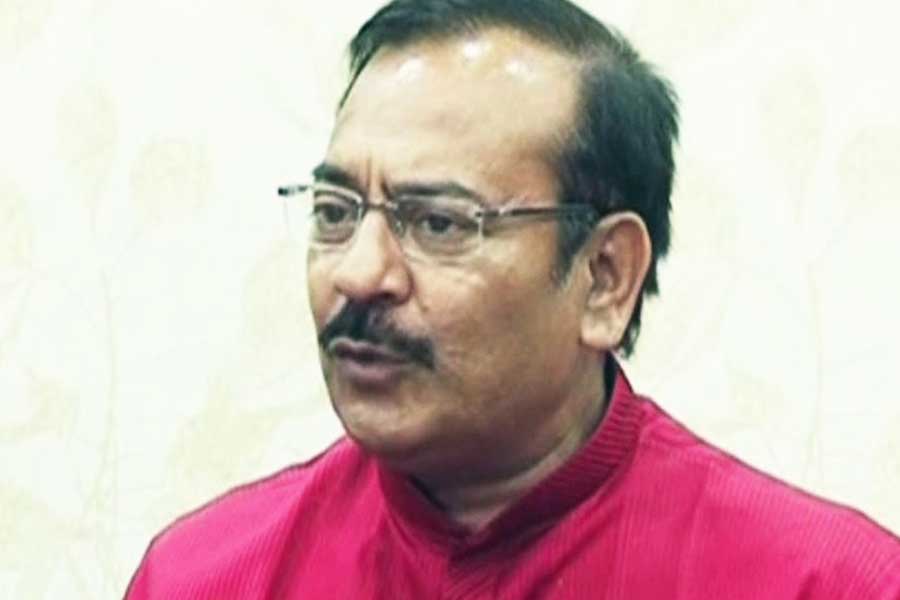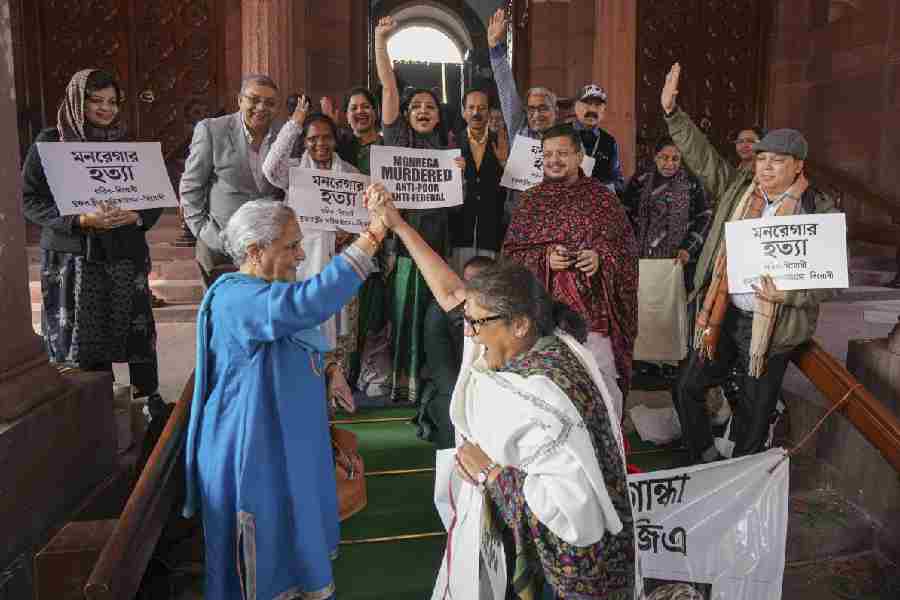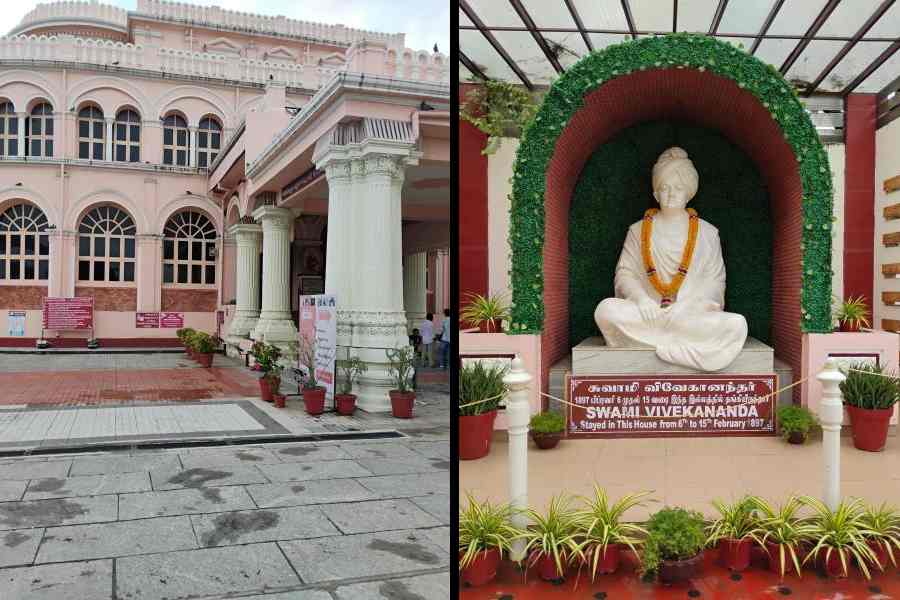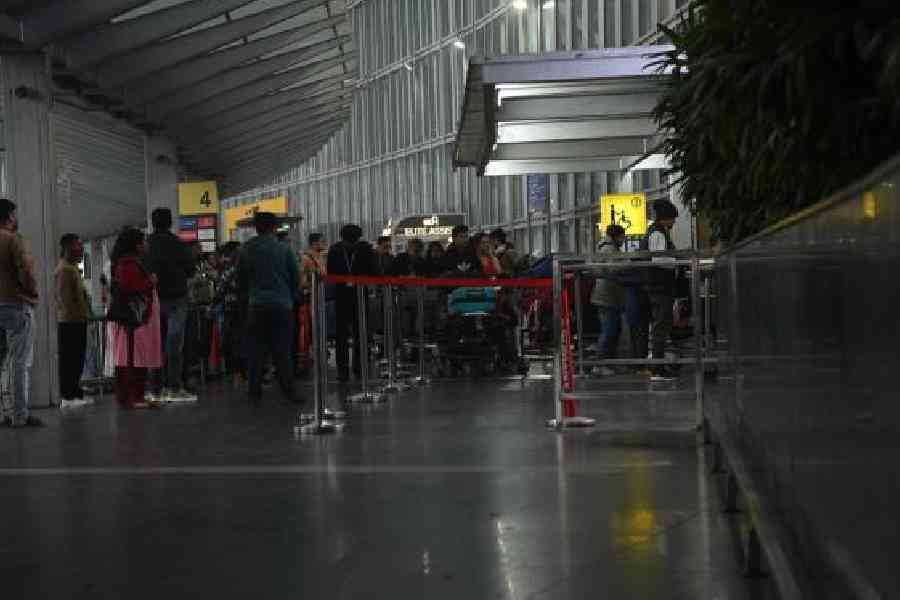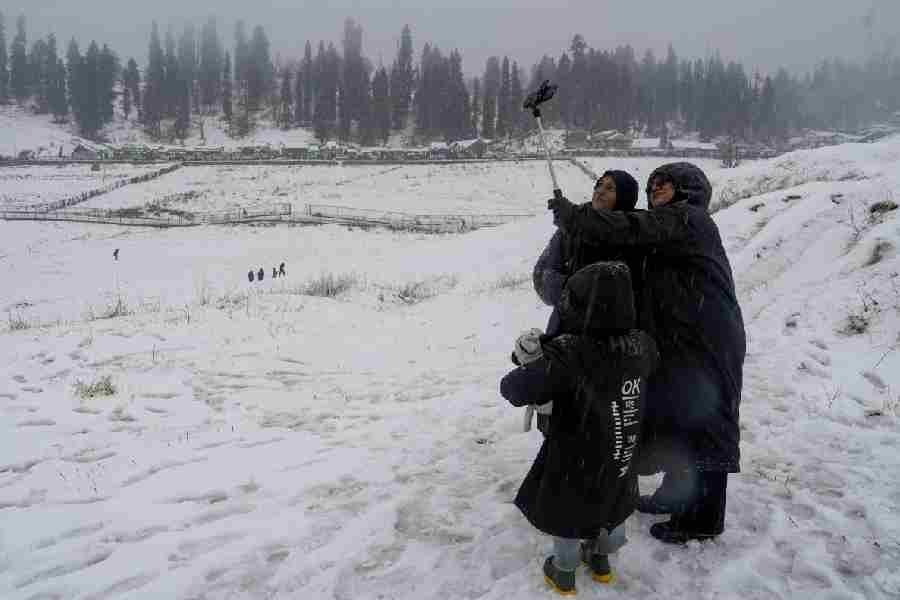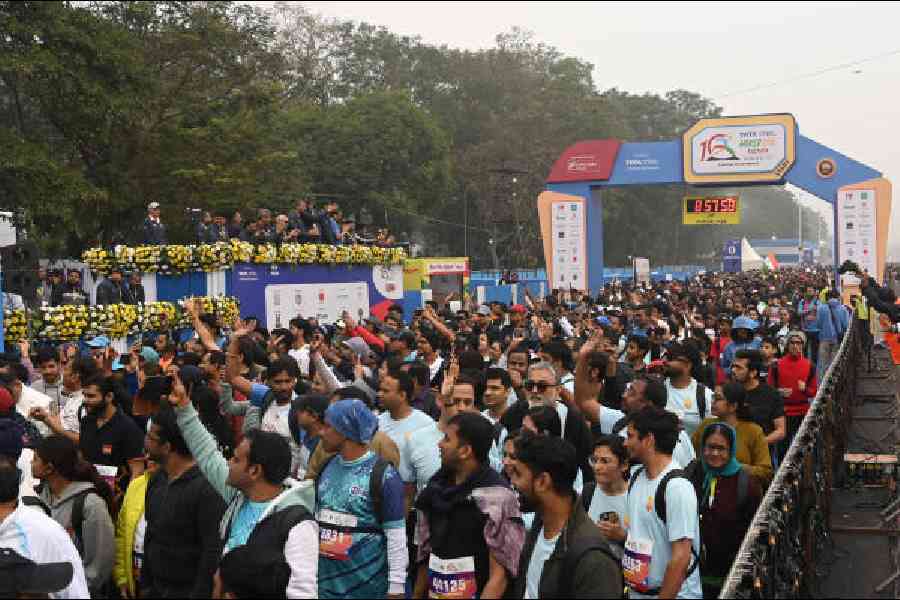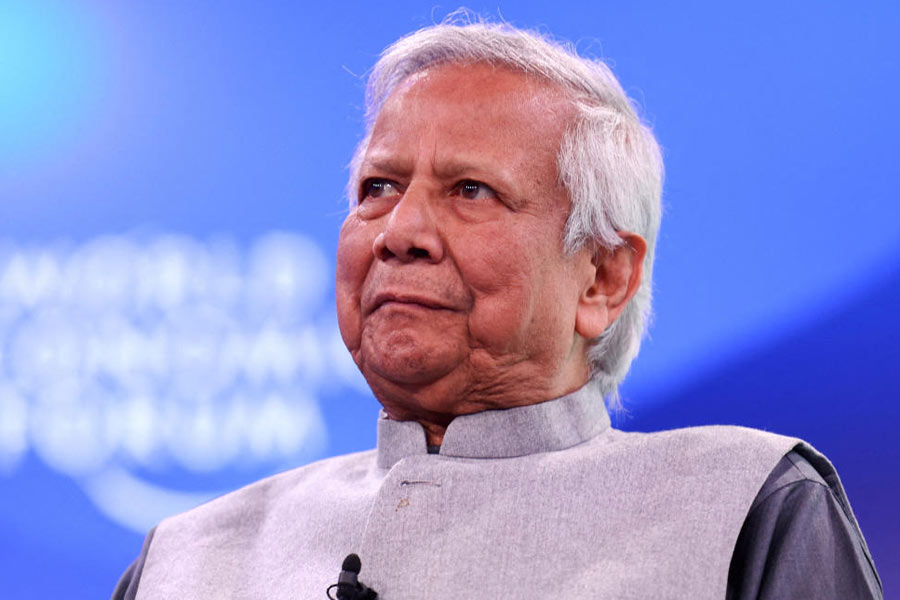 |
| Shyam Benegal directs Sachin Khedekar and others on the sets of Bose The Forgotten Hero, and (right) Sachin as Netaji Subhas Chandra Bose |
How young are you?? That wasn?t the first question asked but the lean frame and the sprightly gait of Shyam Benegal certainly inspire such a curiosity.
?I am 70,? the bearded, bespectacled face breaks into a beam. ?That?s not as young as Mrinal, though. He will be 82,? he adds as a quick afterthought. Clearly, the National Award-winning film-maker is not one to rest on achievements, of any kind.
Perhaps that is why he has saved his ?most ambitious project? for the final phase of his illustrious career of three decades, that started with Ankur in 1973. At a budget of Rs 35 crore, with shooting locations spanning Germany, Uzbekistan, Myanmar, and various spots in India including Ladakh, and a mammoth cast including actors from three nationalities, the reasons are not far to seek why he calls Bose The Forgotten Hero just that.
But the biggest challenge perhaps is the responsibility. ?Everybody knows Netaji Subhas Chandra Bose outside Bengal but knows nothing about him. Making the film will make him unforgotten.? A tall statement, no doubt.
If Benegal has taken on the task to make Netaji ?unforgotten? across India, the blame for the fact that Bengal?s son faded from the national canvas, in the film-maker?s view, lies with Bengalis themselves. ?I?d like to remind them that he is a national hero, not a Bengali hero. To an extent, this over-proprietorial mentality has reduced his stature rather than added to it. You don?t think of Gandhi as a Gujarati hero, or Nehru as a U.P. hero. Why should Netaji be just a Bengali hero??
A great point of curiosity surrounding the film lies in how Benegal has concluded his Netaji story. But that does not concern him. Netaji?s disappearance, he admits, has lent mythic proportions to the figure causing images to be added to the iconography by way of sightings in Russian Gulag or as sanyasi here and there. ?Funnily enough, that did not add to any knowledge about the real man. His extraordinary achievements got forgotten. The disappearance became the most important feature of his life. In history, how consequential is that? I am not interested in how he died or what happened to him. That is up to the Justice Mukherjee Commission and those people who seem to be so concerned about it. ?
When a man becomes a myth, the first casualty in the public imagination is his human face. Does the sanitised public perception of a national icon become a burden tying the film-maker?s hands? Netaji, for instance, is said to have been addicted to cigarettes and coffee in his INA days. A glass of wine too was not uncommon. Benegal does not offer a straight answer. ?He may occasionally have had a glass of wine. What is so big about that? Whether he was smoking or drinking wine, he was not an alcoholic.?
But he also promises that ?my Netaji will be seen as a man of flesh and blood, not as some cold statue?. The relationship with Emilie Schenkl, whom he married, is of ?fondness and loyalty?. ?They have a daughter. How can you not deal with her when historically she was there?? But there is no musical romantic interlude in the film. ?I can?t have him singing songs,? Benegal states.
As a person, the film-maker says, Netaji was ?extraordinarily warm and charming?. ?He must have had such a personality that men whose lives he touched became loyal to him.? He stresses his point with an anecdote. ?When we were shooting in Ziawaddi estate of Burma (Myanmar), where one of Netaji?s major cantonments was, old people in their late 80s-early 90s came over. They were in tattered INA uniforms and had brought their INA passports, showing them as jawans at Rs 5-a month salary. They had heard that a film was being made on Netaji and had come to offer their services. That is the kind of relationship he had even with the regular INA jawans.?
After the man, the conversation veers towards the machines used in the film. The U-boat that Hitler had offered to Netaji for sailing to Japan was one rare period piece that will be seen on screen. ?The Germans produced 10,000 U-boats. Of them, 8,600 were destroyed by the allies. Most of the others were melted down. There is only one in existence that the Norwegians returned to Germany 30 years ago. It has been set up in a museum. I had a model made ? about seven feet ? by a company in Sussex, which specialises in producing exact models that work on a remote control. That was used for the underwater sequences. We used a lot of computer generated images to get the quality right.?
The weaponry posed a problem. ?We managed to get some, not all. Japanese weaponry was needed. Much of it was non-usable. So we had to rustle up some. The Indian Army gave us its old tanks, but nothing like WW II vintage. The general public will not know, but people who are knowledgable will be able to tell that the tanks in the film are not WWII.?
Though Benegal would keep the conclusion under wraps for now, the film, he says, starts with Durga puja being organised in Presidency jail. But then, one rarely sees a Hindi film based in Bengal not including the festival. Is that a temptation? Benegal breaks into a hearty laugh. ?Well, there are certain dynamics associated with Durga which is right for my film.? The invocation to the goddess, perhaps, sets the tone for a film that promises to ?put Netaji on the national pantheon?.


